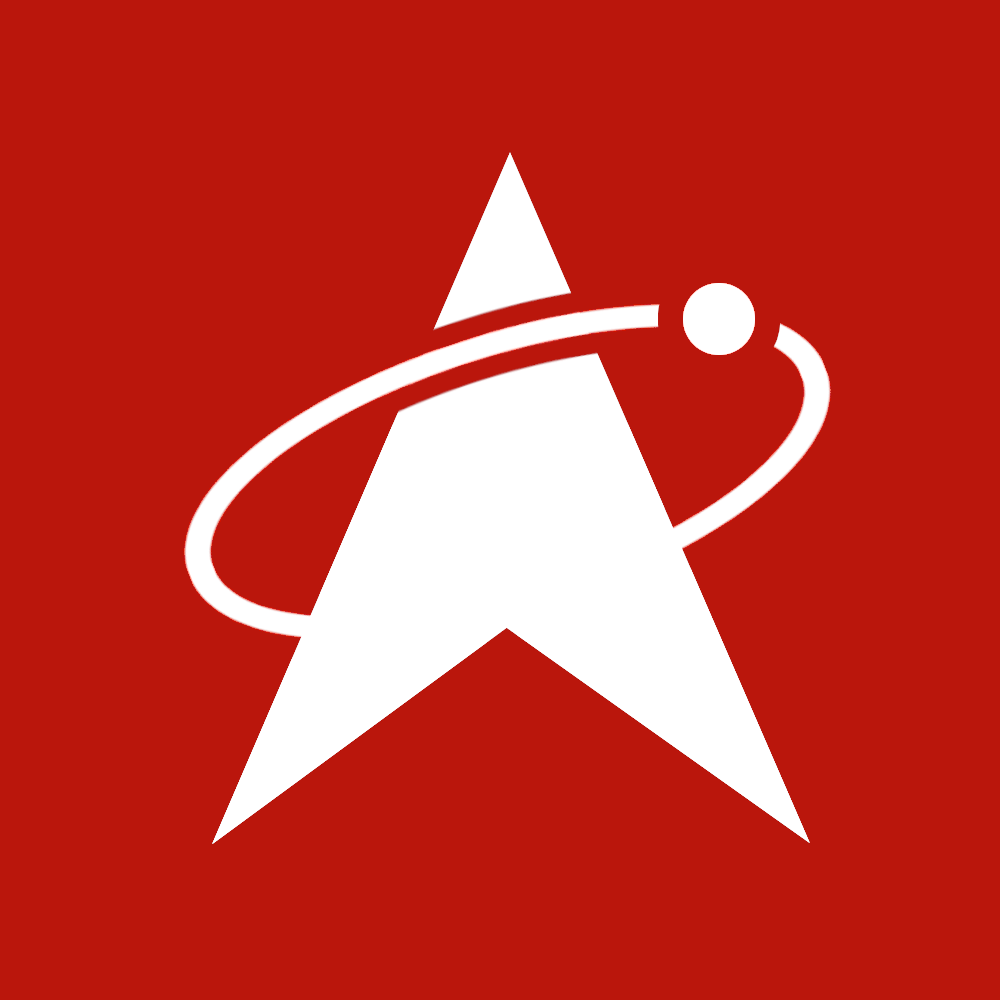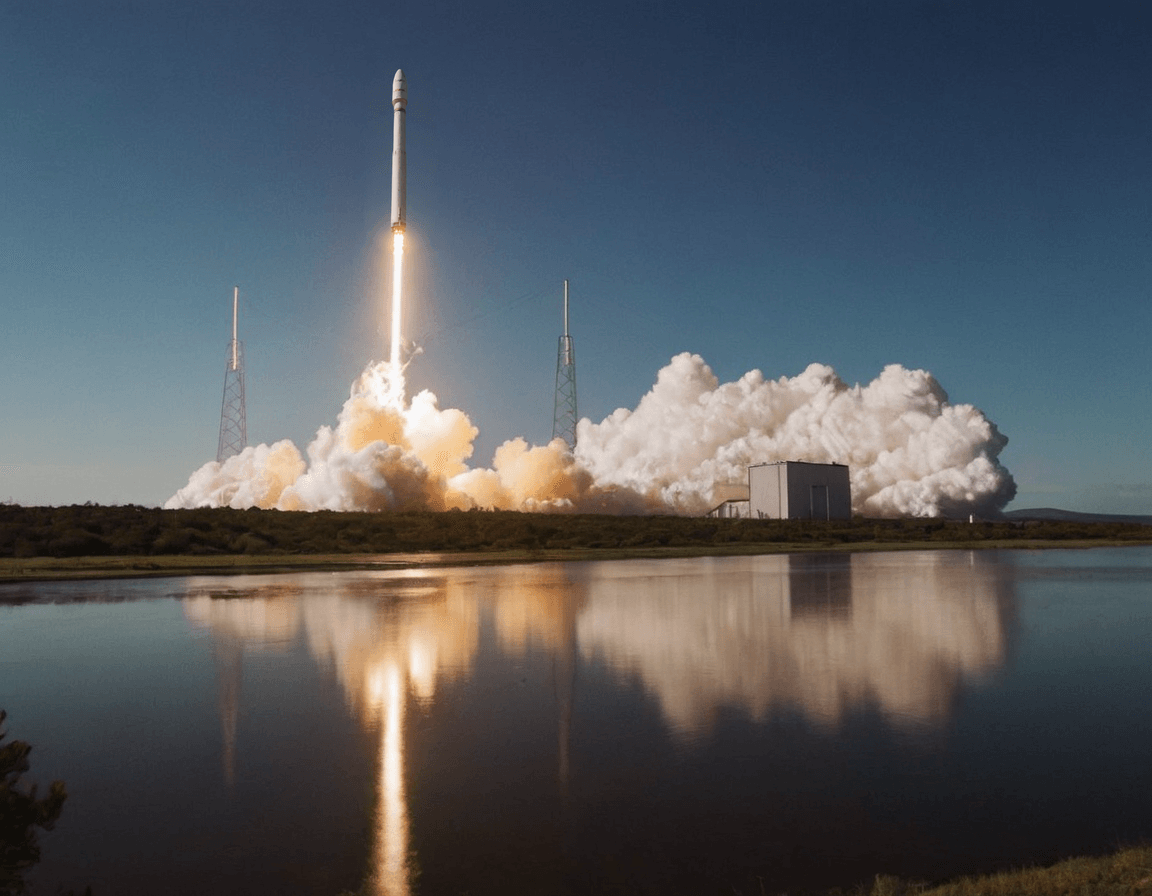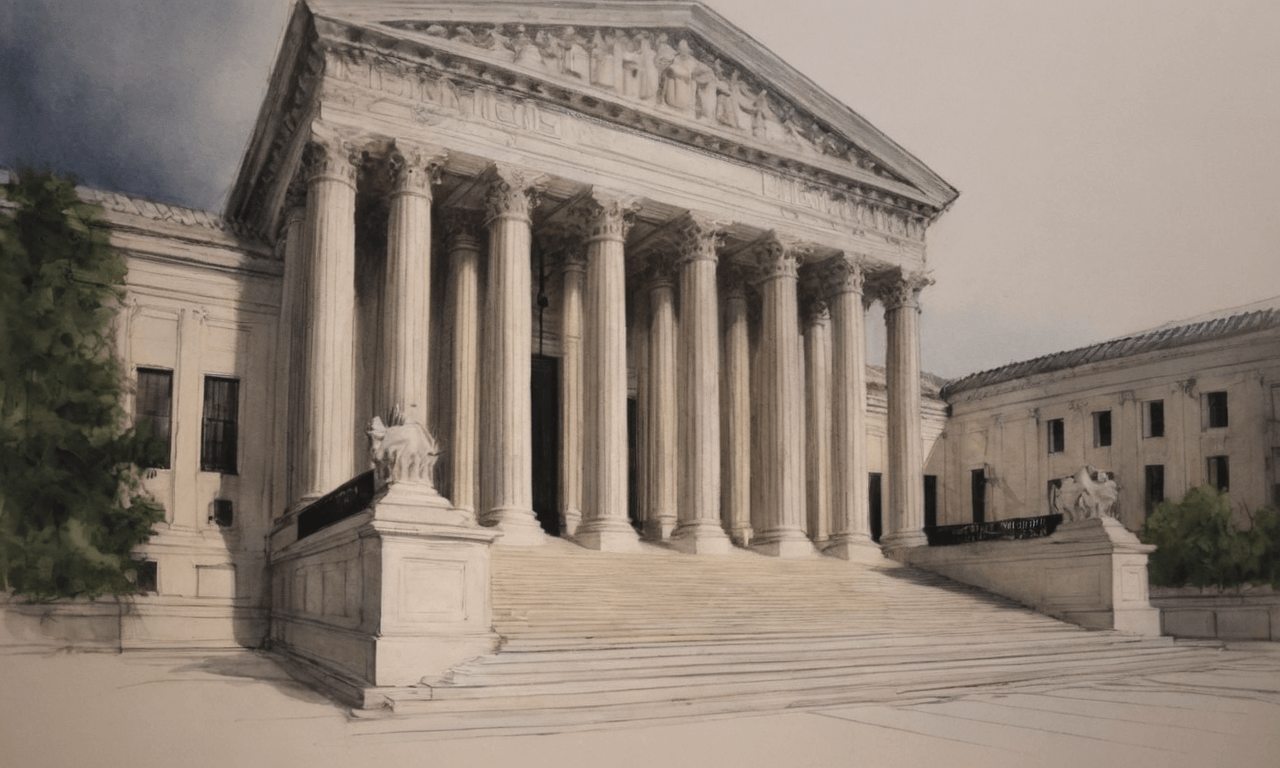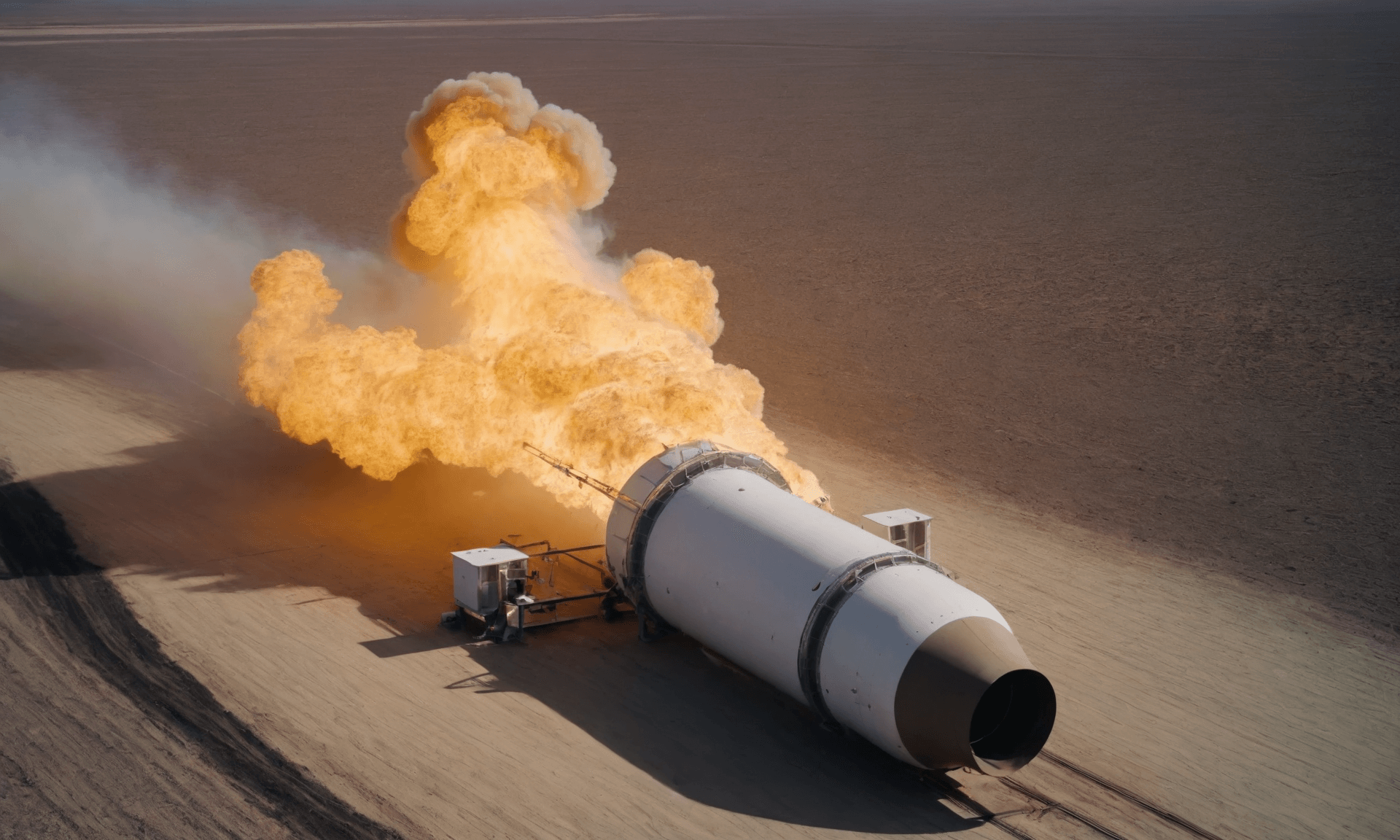· space · 3 min read
Boeing Starliner Faces New Setbacks, Stranding NASA Astronauts on ISS
Boeing's Starliner spacecraft encounters thruster problems and helium leaks during its first crewed mission, potentially delaying the return of NASA astronauts from the International Space Station.
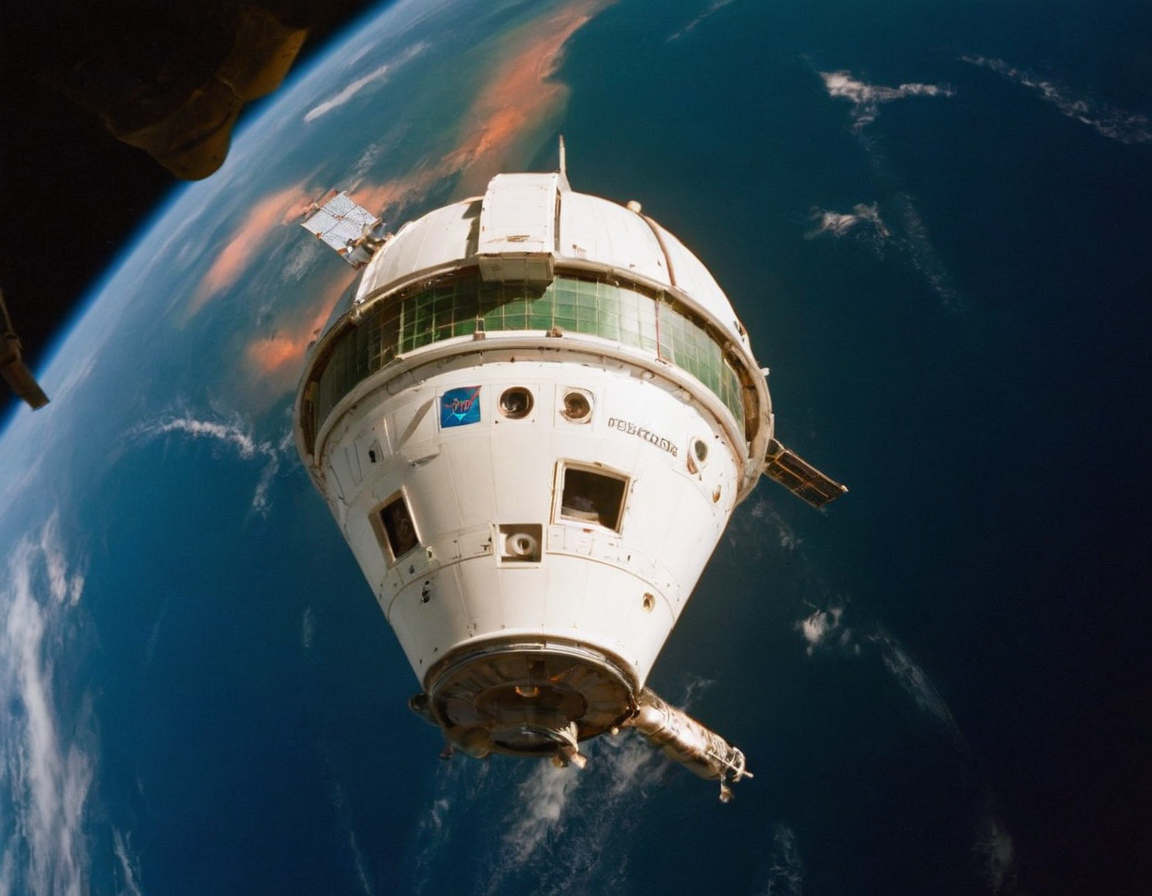
Starliner’s Latest Struggles
Boeing’s Starliner spacecraft, part of NASA’s Commercial Crew Program, has encountered new setbacks during its first crewed mission to the International Space Station (ISS). NASA astronauts Butch Wilmore and Suni Williams, who were scheduled to return to Earth, may now be stranded on the ISS until August due to thruster problems and helium leaks identified on the Starliner capsule.
The Root of the Problem
The issues began before launch, with a small helium leak detected while Starliner was still on the launch pad. Although deemed negligible at the time, additional leaks were discovered post-launch, rendering several of the spacecraft’s small maneuvering thrusters inoperable. Helium is crucial in Starliner’s propulsion system, used to pressurize and push fuel into the engines at the correct rate.
While four of the five affected thrusters have been repaired during Starliner’s time docked to the ISS, concerns remain about the potential for further thruster failures during the critical re-entry phase of the mission.
Implications for Crew Safety
The thruster issues raise significant concerns about Starliner’s ability to maintain the precise orientation required for a safe re-entry into Earth’s atmosphere. An inability to adjust the spacecraft’s position could, in a worst-case scenario, lead to excessive friction and heat buildup, potentially endangering the crew.
Although redundancies and backup systems are in place, the unexpected nature of these problems has likely caused some anxiety among the crew and mission controllers.
A Pattern of Delays
This is not the first setback for Boeing’s Starliner program. Originally slated for its first crewed flight in 2017, the project has faced numerous delays:
- 2019: Failed uncrewed test flight
- 2022: Successful uncrewed launch after a two-year delay
- 2024: Current crewed mission experiencing technical difficulties
These repeated issues stand in stark contrast to SpaceX’s Crew Dragon, which has completed multiple crewed missions to the ISS since its first successful flight in 2020.
The Path Forward
NASA and Boeing are currently conducting ground tests and onboard investigations to gather as much information as possible before attempting Starliner’s return journey. If major faults are discovered, alternative options exist to bring the astronauts home safely, such as using other vehicles docked at the ISS.
However, the destruction of Starliner’s service module during re-entry may complicate efforts to determine the root cause of these issues, potentially leading to further delays in the program.
Broader Implications
These setbacks come at a challenging time for Boeing, which has faced widely publicized issues with its commercial aircraft division in recent years. The company’s reputation as a reliable aerospace contractor is increasingly under scrutiny.
For NASA, the Starliner problems highlight the risks and challenges of relying on commercial partners for critical space operations. While the Commercial Crew Program has seen success with SpaceX, the goal of having multiple providers for crew transportation to the ISS remains elusive.
Looking Ahead
As investigations continue, the space community awaits updates on Starliner’s status and the plan for returning Wilmore and Williams to Earth. The outcome of this mission will likely have significant implications for the future of Boeing’s involvement in crewed spaceflight and NASA’s Commercial Crew Program as a whole.
Regardless of how this situation resolves, it serves as a reminder of the inherent risks and complexities involved in human spaceflight, even as we continue to push the boundaries of exploration beyond our planet.

